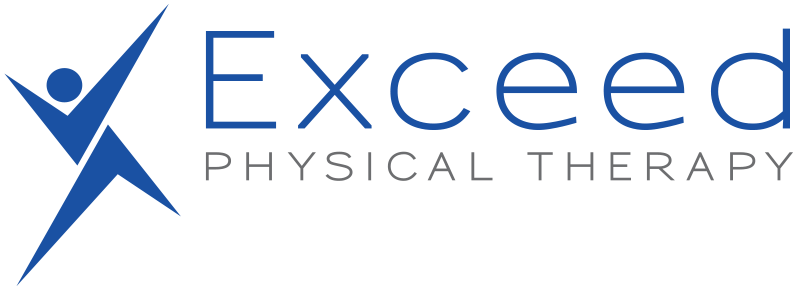Where does it hurt?
Where does it hurt?
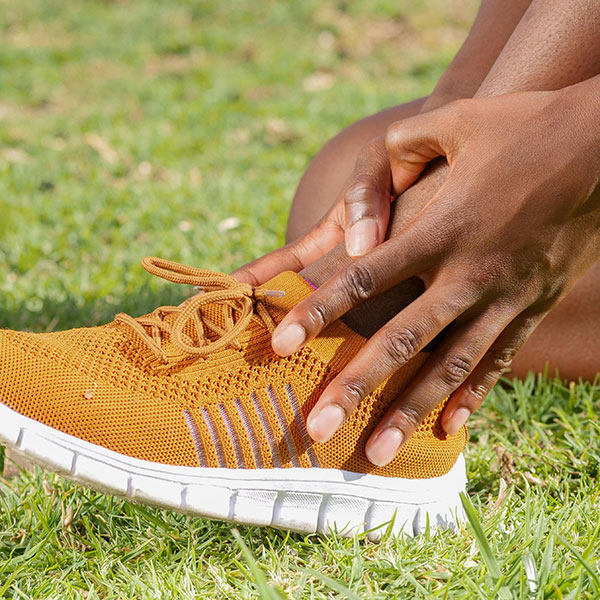
Ankle Pain
Ankle injuries can manifest during various activities such as running, jumping, walking, or as a result of falls. Additionally, ankle pain can persist as a chronic issue, as seen in cases of arthritis. Symptoms associated with ankle injuries may include:
- Pain
- Swelling
- Instability
- Bruising
- Impaired balance
- Pain during weight-bearing activities like walking or standing
- Overuse
- Sports injuries
Early physical therapy intervention not only facilitates faster recovery but also reduces the risk of recurrence. Treatment modalities may include:
- Taping
- Manual therapy
- Dry needling
- Strength training
- Endurance training
- Gait training
- Ice, heat, electrical stimulation, ultrasound, etc.
- Balance and proprioception
- Coordination
- Joint mobilization

Back Pain
Back pain ranks among the leading causes prompting doctor visits, work absences, and disruptions in daily activities. It stands as the most prevalent condition addressed in physical therapy. Back pain symptoms may manifest as:
- Low back pain
- Thoracic pain
- Increased curvature such as scoliosis
- Pain in the buttock or legs
- Muscle spasms
- Muscle tension
- Numbness and tingling in the legs (e.g., sciatica)
Treatment modalities may include:
- Spinal mobilization
- Core stabilization exercises
- Neuromuscular conditioning
- Ice, heat, and electrical stimulation
- Dry needling
- Traction
- Aquatic therapy
- Dry cupping
- Instrument-assisted soft tissue mobilization (IASTM)
- Manual therapy
- Range of motion exercises
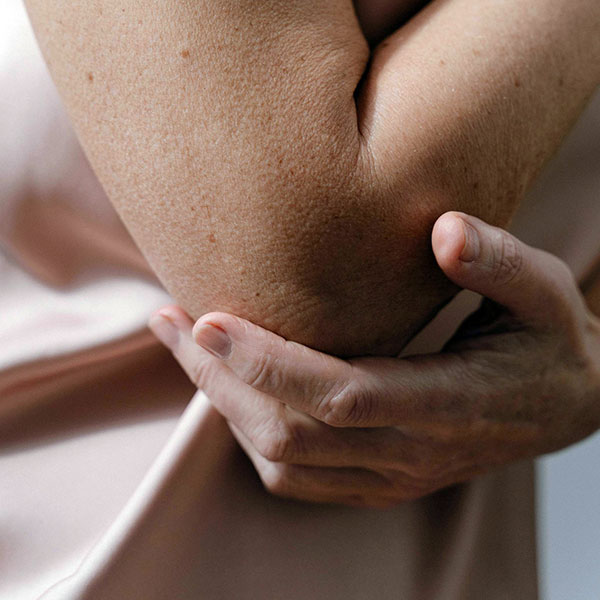
Elbow Pain
Elbow pain can occur from repetitive actions in various settings, whether at work, during sports, or in daily activities like typing, throwing, or gardening. These actions can result in tendon, ligament, joint or nerve injuries, leading to discomfort in the elbow and forearm. Symptoms associated with elbow injuries may include:
- Elbow and forearm pain
- Difficulty gripping objects
- Elbow stiffness
- Difficulty reaching, pushing, pulling and twisting
Treatment modalities may include:
- Manual therapy
- Heat, ice, and electrical stimulation
- Strengthening exercises
- Dry needling
- Taping
- Instrument-assisted soft tissue mobilization (IASTM)
- Flexibility and range of motion exercises
- Phonophoresis
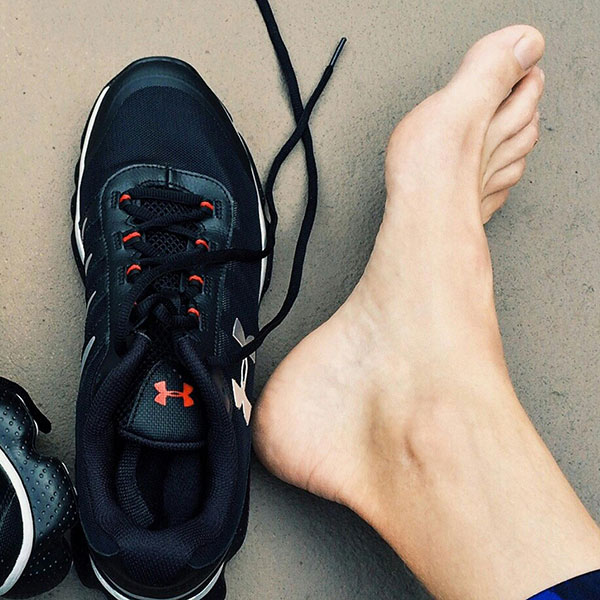
Foot Pain
Foot pain can significantly hinder mobility, restricting an individual’s ability to walk, stand, or engage in daily activities. Symptoms of foot injuries may manifest as:
- Pain
- Swelling
- Difficulty walking
- Impaired balance
- Instability
- Loss of motion
Physical therapy proves highly effective in enhancing strength, flexibility, balance, gait, and reducing pain levels associated with foot issues. Our physical therapists identify the underlying cause of your foot pain, tailoring customized programs to address your needs. Treatment modalities may include:
- Taping
- Manual therapy
- Dry needling
- Strength training
- Endurance training
- Gait training
- Ice, heat, electrical stimulation and ultrasound
- Balance and proprioception
- Coordination
- Aquatic therapy
- Joint mobilization

Headache
Headaches represent a prevalent and often incapacitating form of discomfort. Effective treatment relies on various factors, including headache type, frequency, and underlying causes. Headaches and migraines may be triggered by a range of factors, including:
- Muscle tension and stiffness
- Reduced neck mobility
- Episodes of dizziness or vertigo
Within the realm of physical therapy, two primary headache types are commonly encountered:
- Cervicogenic headaches, originating from neck issues, with pain referred to the head. Symptoms typically include unilateral head pain, often felt at the base of the skull, behind the eye, or radiating in a line between the two.
- Tension-type headaches, often associated with stress, present as a dull, aching sensation across the forehead, potentially radiating to the sides and back of the head. Patients may also experience neck and shoulder muscle soreness.
Treatment modalities may include:
- Manual therapy
- Traction
- Strengthening exercises
- Postural exercises
- Soft tissue mobilization
- Dry needling
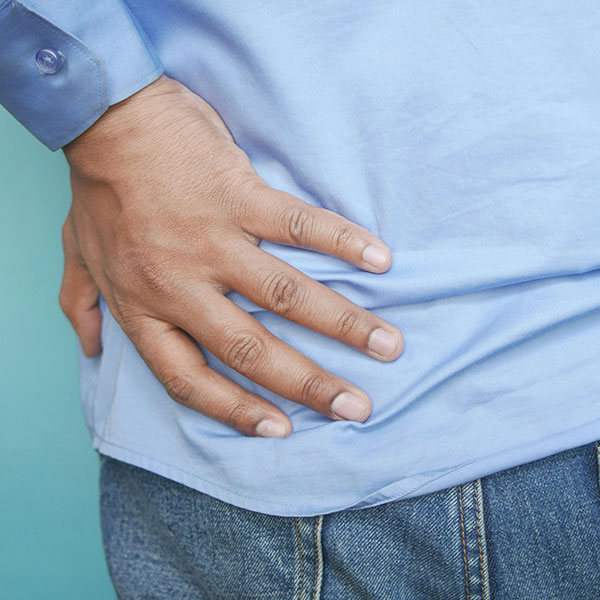
Hip Pain
Hip pain can be distressing for patients, impacting their daily activities and overall quality of life. One of the challenges in diagnosing chronic hip pain is that it can sometimes be accompanied by pain in other areas such as the lumbar spine or knee joint. This overlapping pain can make it difficult to pinpoint the exact source of the discomfort. Symptoms of hip pain may include:
- Pain when standing
- Strength and muscle loss
- Difficulty lifting heavy objects
- Fatigue after activity
- Trouble walking
- Decreased functional mobility (squatting, stairs)
- Decreased transfers
Treatment modalities may include:
- Stretching and range of motion exercises
- Strength training
- Balance training
- Gait training
- Joint mobilization
- Ice, heat, electrical stimulation and ultrasound
- Dry needling
- Dry cupping
- Manual therapy
- Joint mobilization here
- Muscle energy techniques
- Soft tissue mobilization
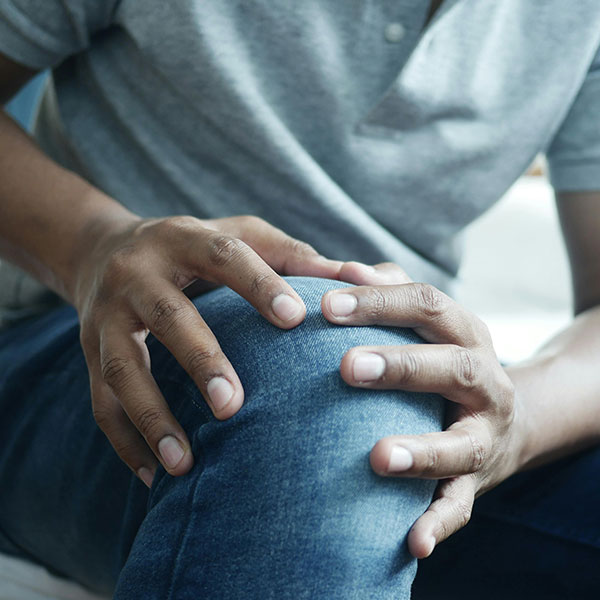
Knee Pain
Knee pain symptoms may encompass swelling, weakness, reduced flexibility, difficulty walking, or instability. Our physical therapists conduct thorough evaluations to pinpoint the root cause of your knee pain, developing personalized programs to meet your needs. Common diagnoses with knee pain are:
- Overuse (tendon)
- Tracking issues (patello-femoral)
- Degeneration (arthritis, meniscus)
- Falls/Trauma (fractures, meniscus, ligament)
- Sports (ligament, tendon)
Treatment modalities may include:
- Strengthening exercises
- Endurance exercises
- Ice, heat, and electrical stimulation
- Manual therapy
- Dry needling
- Balance and proprioception
- Taping
- Stabilization exercises
- Neuromuscular conditioning

Neck Pain
Neck pain is a prevalent issue often associated with trauma or persistent spinal problems. Fortunately, most neck pain stems from joint or muscle issues and can be effectively managed with timely referral to physical therapy. Symptoms associated with neck pain may include:
- Neck pain
- Pain in the arms
- Muscle spasms
- Muscle tension
- Numbness and tingling in the arms
Treatment modalities may include:
- Manual therapy
- Traction
- Strengthening exercises
- Postural exercises
- Soft tissue mobilization
- Dry needling
- Joint mobilization
- Myofascial release
- Dry cupping
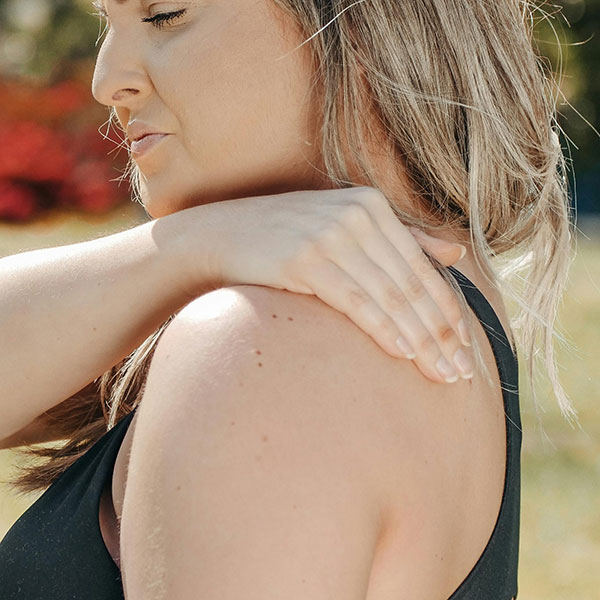
Shoulder Pain
Shoulder pain can result from repetitive overhead motions, falls, overreaching, heavy lifting, or incorrect exercise techniques. At times, it may occur seemingly without cause. Common diagnoses with shoulder pain are:
- Instability (rotator cuff)
- Overuse (tendinitis, bursitis, impingement)
- Trauma (labrum, fractures)
- Degeneration (arthritis)
- Sports (labrum, rotator cuff)
Treatment strategies may include:
- Manual therapy
- Progressive exercise regimens
- Flexibility and postural strengthening exercises
- Dry needling
- Sports performance enhancement
- Sports rehabilitation
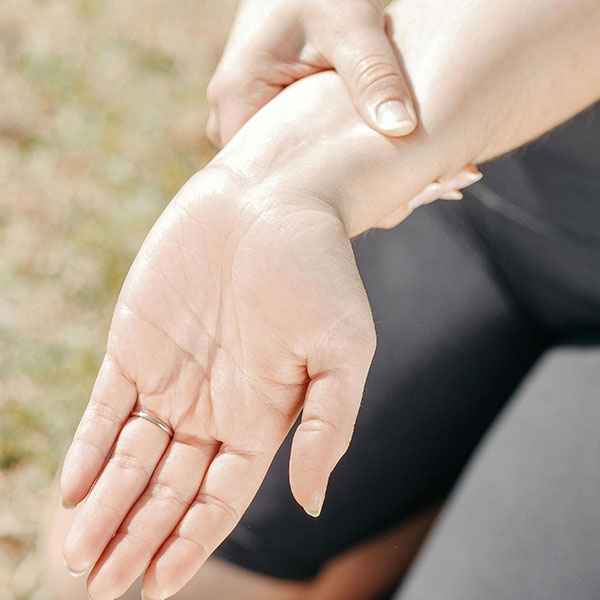
Wrist Pain
The hand and wrist play crucial roles in everyday activities. Pain in these areas can be from trauma, arthritis, or overuse. Individuals may seek physical therapy or occupational therapy either for conservative management of symptoms or post-surgery rehabilitation to address underlying issues. Physical therapy offers significant benefits in addressing various hand and wrist disorders. Symptoms associated with elbow injuries may include:
- Hand, wrist and finger pain
- Difficulty grasping and gripping objects
- Joint stiffness
- Decrease tendon gliding
- Numbness, tingling and decrease sensation
- Decrease fine motor ability and activities of daily living
Treatment modalities may include:
- Range of motion exercises
- Strength-building exercises
- Manual therapy interventions
- Functional task adaptation
- Adaptive equipment recommendations
- Taping
- Bracing/Splinting
- Instrument-assisted soft tissue mobilization (IASTM)
- Dry Needling
- Phonophoresis
We deliver more than expected.

